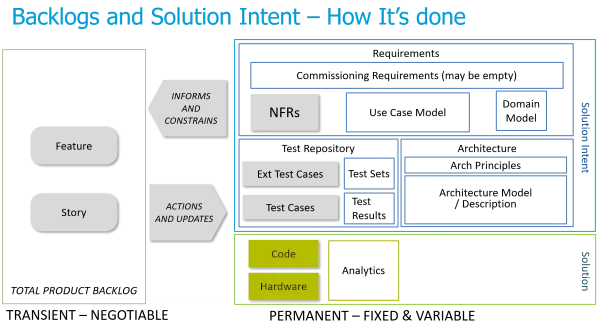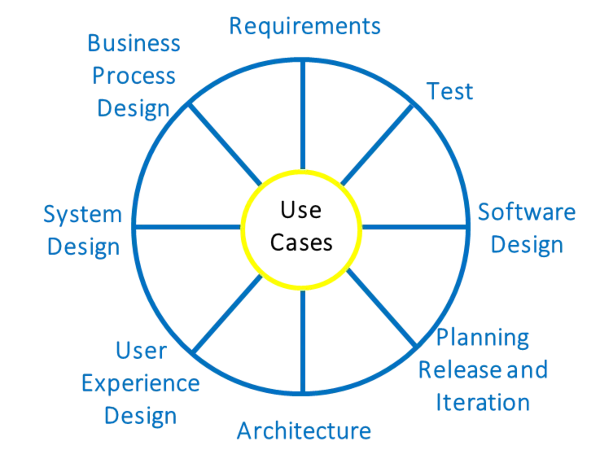Clients and senior stakeholders’ approach with big picture visions of the future product to develop. Responding with hundreds of granular user stories in a list is fraught with danger, people get overwhelmed very quickly. User stories may be great for the development teams, but unless you can shape them into a cohesive vision for the client, you won’t be understood. Familiar? If so, you need the Use Case game changer…
Stakeholders talk big picture language, but development teams talk detail, need both?
Do you need a better requirements solution?
- There is a huge gap between customer visions and the granularity of requirements required by the development teams. There needs to be a way to properly map between the two levels or chaos, followed by disappointment ensues.
- If you can’t close the gap, demonstrating progress becomes tough. “We did 15 stories this sprint…” “Ok great, so what does this mean you have achieved towards my vision? Remind me, what am I paying you for?”
- Stories getting added to the backlog can easily get out of control if you can’t map them to the agreed scope. Without a clear understanding of the scope you are inviting in the scope-creep-spectre!

Ok, so you probably agree that a requirements technique:
- that provides a clear understanding of what is required by the customer
- but that also has a seamless mechanism to get to the granularity required by the team
…is critical for the success of your product development.

Then Use Cases are for you because…
- Use Cases are a quick way to easily summarise the stakeholders’ requirements. This provides a rapid re-assurance that the key features have been captured and scopes the behavior.
- Development progress is reported sprint-by-sprint by reference to the Use Cases. Stakeholders can clearly relate to progress as parts of their ‘big picture’ get implemented by the development team.
- Use cases can be logically ‘sliced down’ to provide the perfect granular unit of requirements to support agile working. Use case slices, representing one or a few stories, can be easily identified to form a backlog of items that teams can get ‘done’ iteratively.
- Use Cases are the hub of software development. Use Cases and their contents are structured in such a way as to ‘jump-start’ activities across the full range of other development practices: User Experience, Architecture, Design, Code, Test etc.
